Macaws, with their vibrant plumage and charismatic personalities, represent some of the most coveted companion birds in the avian world. These magnificent parrots can form deep bonds with their human caregivers, offering decades of companionship and interaction. However, not all macaw species are created equal when it comes to suitability for novice bird owners. While these intelligent birds can make wonderful pets, their considerable size, vocal nature, and substantial care requirements mean that first-time owners should carefully select a species that aligns with their experience level and lifestyle. This guide will explore the most beginner-friendly macaw varieties, along with essential care information to help you make an informed decision about bringing one of these colorful companions into your home.
Understanding Macaw Ownership Challenges

Before diving into specific breeds, it’s crucial to understand that all macaws require significant commitments of time, space, and resources. Even the most “beginner-friendly” macaw will need several hours of daily interaction, a spacious cage with regular out-of-cage time, and ongoing mental stimulation to prevent behavioral issues. Macaws can live between 50-80 years, depending on the species, making them truly lifetime commitments that may outlive their owners and require estate planning considerations. Financial requirements are substantial as well, with specialized veterinary care, high-quality nutrition, appropriate housing, and enrichment toys representing ongoing expenses throughout the bird’s life. Despite these challenges, the right macaw paired with a dedicated owner can result in a profoundly rewarding relationship.
Hahn’s Macaw: The Ideal Starter Macaw
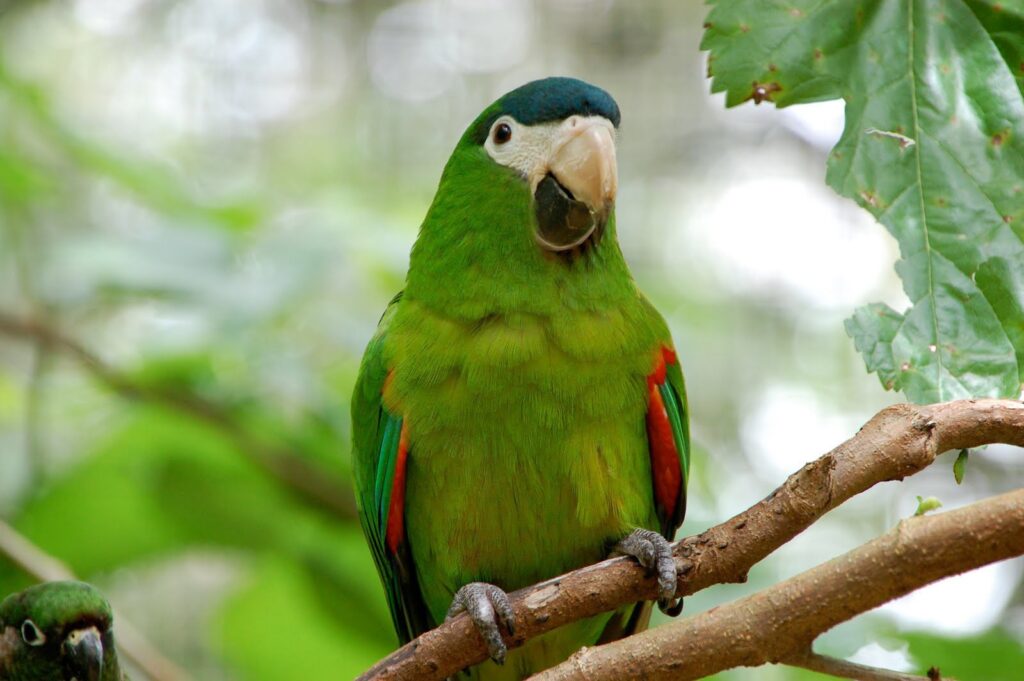
Hahn’s Macaws (a subspecies of Red-shouldered Macaw) consistently top the list of recommended macaws for beginners due to their manageable size and generally agreeable temperament. At approximately 12-14 inches in length, they’re the smallest true macaw species, offering the macaw experience in a more apartment-friendly package. Despite their diminutive stature, Hahn’s Macaws possess the playful, intelligent personality that macaw enthusiasts adore, often described as having “big bird” attitudes in smaller bodies. Their vocalizations, while still loud by household pet standards, are less overwhelming than their larger cousins, making them more suitable for those with neighbors to consider. Hahn’s Macaws bond deeply with their caretakers and can develop impressive vocabularies with consistent training.
Blue-headed Macaw: The Gentle Giant
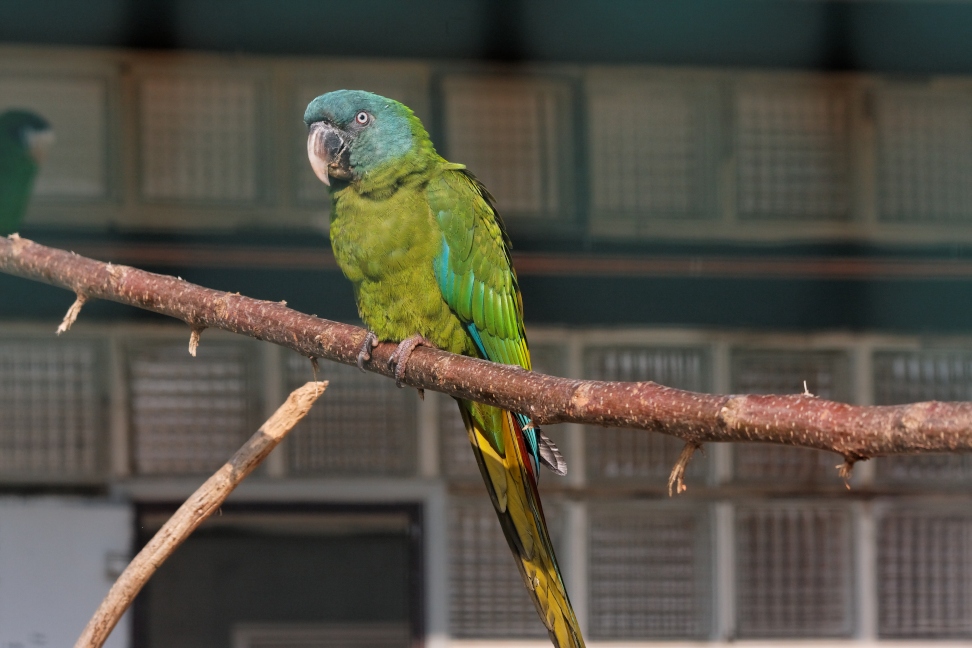
Blue-headed Macaws offer a wonderful middle-ground option for first-time owners seeking a larger macaw experience with a more moderate temperament. At around 16-20 inches in length, they’re substantially smaller than the popular large macaws while still providing that impressive macaw presence. Blue-headed Macaws are renowned for their calmer, less intense personalities compared to many of their macaw relatives, making them more forgiving of novice handling mistakes. Their intelligence remains characteristically high, allowing for engaging training sessions and relationship building. While somewhat rare in the pet trade, those who find these beautiful birds often discover they strike an excellent balance between manageability and the classic macaw experience that attracts people to these birds in the first place.
Severe Macaw: Small Package, Big Personality

Severe Macaws represent another excellent “mini macaw” option for newcomers to the macaw world, measuring approximately 18-20 inches in length. Their striking green plumage with splashes of red and blue combines with their outsized personalities to create a charismatic companion that doesn’t require the same spatial accommodations as larger species. Severe Macaws are known for forming exceptionally strong bonds with their primary caregivers, often becoming devoted one-person birds who shower their chosen human with affection. Their intelligence shines through in their aptitude for learning tricks and commands, making training sessions both productive and entertaining. While they can be nippy if not properly socialized, consistent handling from a young age typically results in a well-adjusted companion that adapts well to family life.
Illiger’s Macaw: The Playful Companion

Illiger’s Macaws (also known as Blue-winged Macaws) offer first-time owners a delightful combination of manageable size and playful temperament. At 16-18 inches long, they fall into the mini-macaw category that’s better suited to standard household environments than their larger relatives. Illiger’s Macaws are particularly noted for their clownish antics and seemingly inexhaustible energy for interactive play, making them excellent companions for owners who can provide plenty of engagement and enrichment opportunities. Their predominantly green plumage accented with vibrant blue flight feathers and red patches creates a visually striking appearance despite their smaller stature. These macaws typically adapt well to family settings and can form bonds with multiple household members rather than becoming exclusively attached to a single person.
Blue and Gold Macaw: The Gentle Giant

While larger macaws generally aren’t recommended for first-timers, the Blue and Gold Macaw represents an exception for particularly dedicated beginners with appropriate space and resources. These magnificent birds, measuring around 30-34 inches in length, are among the most recognizable macaw species with their stunning blue and yellow coloration. Despite their imposing size, Blue and Golds have earned a reputation for their relatively gentle, affectionate temperaments compared to other large macaw species. Their patient nature makes them more forgiving of handling errors that novice owners might make during the learning process. However, prospective owners should note that their considerable size requires a substantially larger cage, their powerful beaks can cause serious damage to household items (and fingers if mishandled), and their vocalizations can reach impressive volumes.
Housing Requirements for Beginner Macaws

Proper housing represents one of the most significant investments when bringing a macaw into your home, regardless of species. Even the smallest macaws require cages significantly larger than those needed for budgies or cockatiels, with minimum dimensions for mini macaws starting at approximately 36″W x 24″D x 48″H, while larger species need cages approaching walk-in aviary dimensions. Bar spacing must be appropriate for the species to prevent escape or injury, typically between 3/4″ to 1″ for mini macaws and 1″ to 1.5″ for larger varieties. The cage should contain multiple perches of varying diameters and materials to promote foot health, several feeding stations, and ample room for the bird to stretch its wings fully without touching the cage sides. Beyond the cage itself, macaw owners should designate a “bird-safe” area where their pet can enjoy supervised out-of-cage time daily, with particular attention to removing hazards like ceiling fans, toxic plants, and dangerous household chemicals.
Nutritional Needs of First-Time Macaw Species
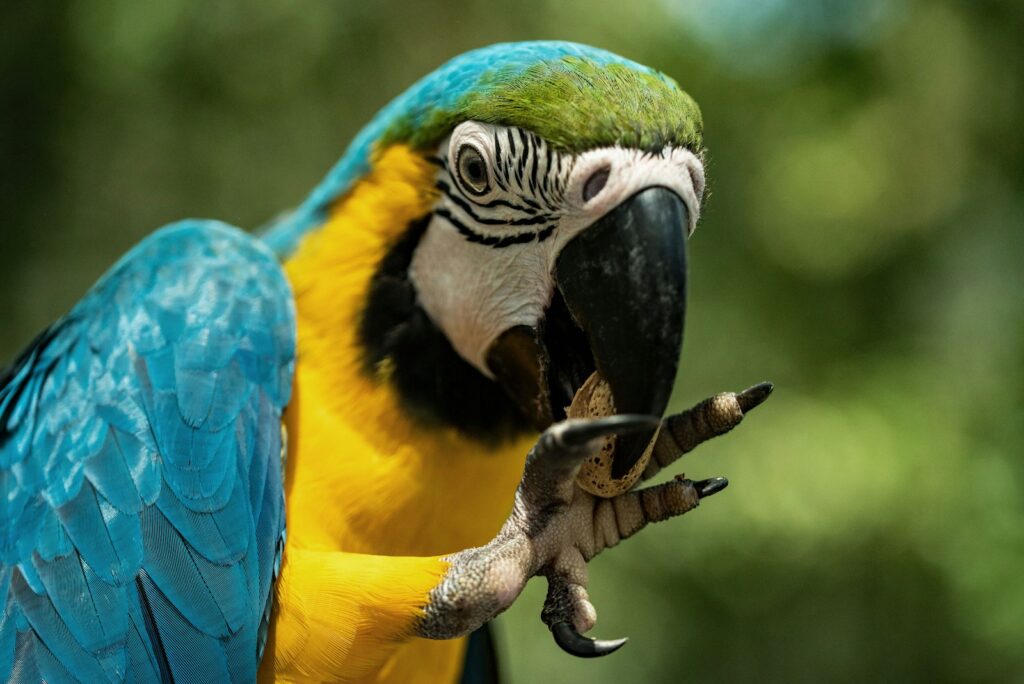
Proper nutrition forms the foundation of macaw health, with dietary requirements remaining fairly consistent across the beginner-friendly species. A well-balanced macaw diet typically consists of approximately 70% high-quality formulated pellets specifically designed for macaws, which provide essential nutrients in proper proportions. The remaining 30% should include a variety of fresh vegetables, fruits, nuts, and limited healthy grains, with emphasis on nutrient-dense options like dark leafy greens, bell peppers, carrots, and berries. Nuts should be offered in moderation due to their high fat content, with species-appropriate options including almonds, walnuts, and hazelnuts for larger macaws and smaller nuts for mini species. First-time owners should avoid common dietary mistakes such as relying heavily on seeds (which are high in fat and nutritionally incomplete) or feeding potentially toxic foods like chocolate, avocado, and caffeine-containing items.
Mental Stimulation and Enrichment Essentials
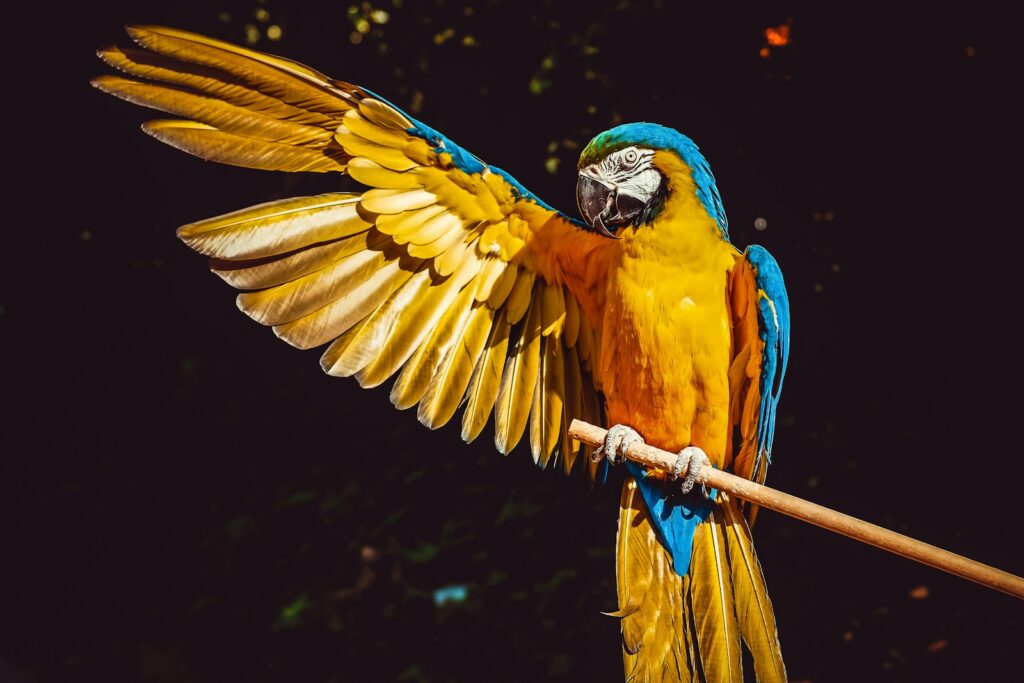
Macaws possess cognitive abilities comparable to human toddlers, making proper mental stimulation a non-negotiable aspect of responsible ownership. Even beginner-friendly macaws require a robust rotation of toys that challenge different skills – foraging toys that make the bird work for treats, puzzle toys that require problem-solving, destructible toys that satisfy natural chewing instincts, and manipulative toys that encourage dexterity. Environmental enrichment should include varying the cage setup periodically, introducing novel objects under supervision, and providing opportunities for natural behaviors like climbing, swinging, and shredding. Training sessions using positive reinforcement techniques serve dual purposes of mental stimulation and strengthening the human-bird bond. Without adequate intellectual engagement, even the most suitable beginner macaw species may develop problematic behaviors like excessive screaming, feather plucking, or destructive tendencies, making enrichment not just beneficial but essential for behavioral health.
Socialization Requirements for Beginner Macaws
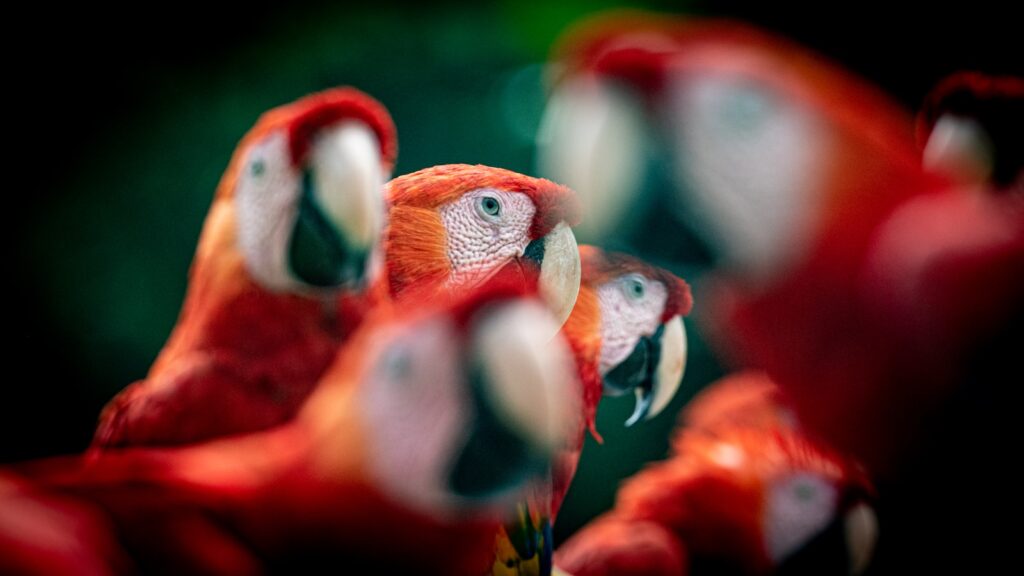
Proper socialization represents a critical factor in developing a well-adjusted macaw companion, particularly for the species recommended to first-time owners. The socialization process should begin immediately upon bringing the bird home, with gentle, consistent handling sessions that respect the bird’s boundaries while gradually building trust. Exposing your macaw to varied experiences – different people, controlled new environments, various household sounds, and carefully supervised interactions with other pets – helps prevent the development of phobias and excessive bonding to a single person. Even beginner-friendly macaw species can become aggressive or fearful without proper socialization, making this aspect of care particularly important for new owners to prioritize. For optimal results, socialization should be a lifelong process rather than a one-time effort, with regular positive experiences continuing throughout the bird’s life to maintain their adaptability and confidence.
Health Considerations for Novice Macaw Owners

First-time macaw owners must familiarize themselves with both preventative care practices and common health concerns affecting these birds. Establishing a relationship with an avian veterinarian before bringing your macaw home is essential, as these specialized practitioners possess the expertise needed to properly care for exotic birds. Initial veterinary visits should include comprehensive physical examinations, baseline bloodwork, and screening for common avian pathogens like Psittacine Beak and Feather Disease or Chlamydiosis. Ongoing preventative care typically involves annual wellness exams, weight monitoring, and observation for subtle signs of illness that birds instinctively hide. Common health issues even beginner-friendly macaws may experience include respiratory infections, nutritional deficiencies, feather plucking due to stress or boredom, and bacterial or fungal infections that can quickly become serious without proper treatment.
Training Fundamentals for Beginner Macaw Species
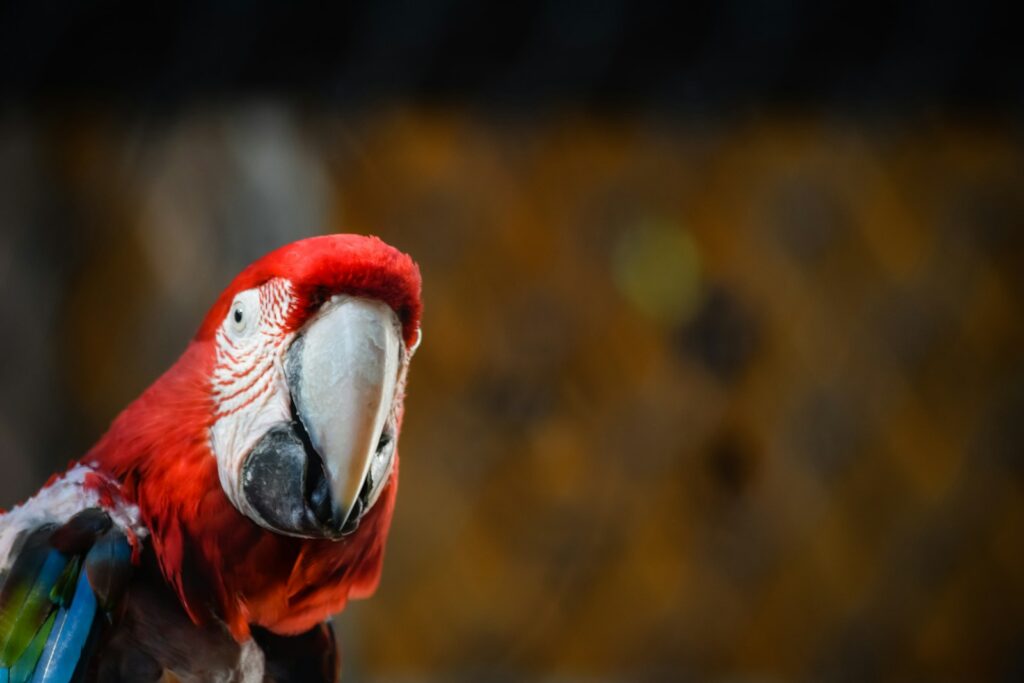
Training represents one of the most rewarding aspects of macaw ownership, with even novice-appropriate species demonstrating impressive capabilities for learning commands and behaviors. Successful training begins with establishing trust through positive reinforcement techniques, using favorite treats, enthusiastic praise, and clicker training to mark desired behaviors. Basic commands every beginner should teach include “step up” for safe handling, “stay” for safety during cage cleaning or door opening, and recall training for returning to the cage when requested. Consistency proves crucial in training any macaw species, with short, frequent sessions generally proving more effective than infrequent, longer ones. Patience remains particularly important for first-time bird owners, as macaws learn at individual paces and may test boundaries during the training process – maintaining calm persistence rather than expressing frustration creates the foundation for successful training outcomes.
Financial Considerations Before Adopting a Macaw
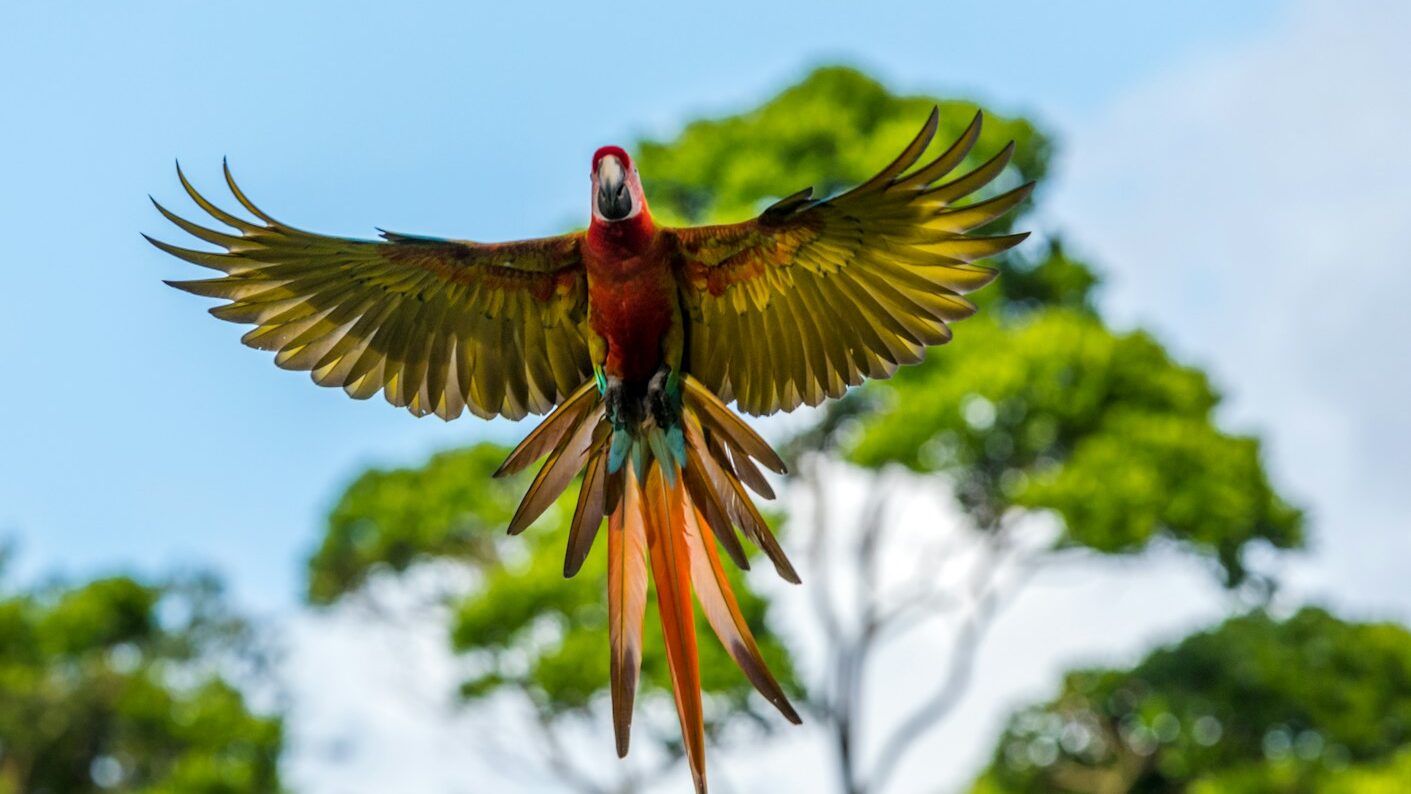
The financial commitment of macaw ownership extends far beyond the initial purchase price, with even beginner-friendly species requiring substantial ongoing investment. Initial costs typically include the bird itself ($1,000-$3,000 for recommended beginner species), an appropriately sized cage ($500-$1,500), startup supplies including perches, food dishes, and toys ($200-$500), and initial veterinary screening ($200-$400). Recurring annual expenses encompass high-quality nutrition ($500-$1,000), toy replacement as items are destroyed ($300-$600), routine veterinary care ($200-$500), and emergency medical fund contributions. Potential owners should realistically budget between $2,000-$3,000 for first-year costs and $1,500-$2,500 for subsequent years, with the understanding that emergency veterinary situations could significantly increase these amounts. Establishing a dedicated savings account for bird-related expenses helps ensure proper care throughout the macaw’s long lifespan without creating financial hardship.
Ethical Sourcing of Beginner-Friendly Macaws
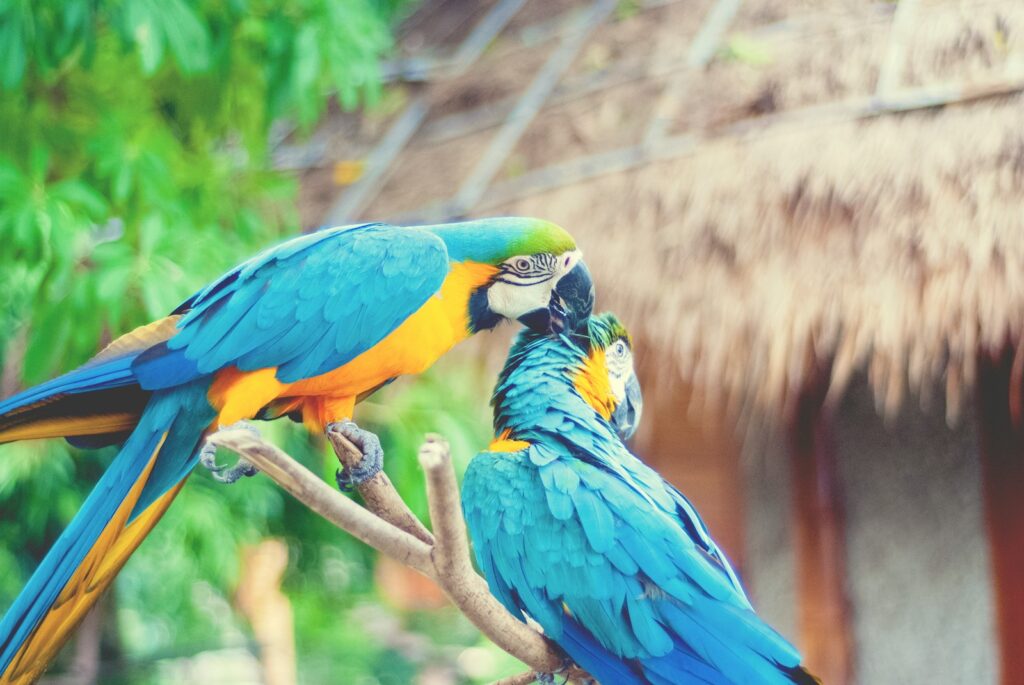
Ethical acquisition of a macaw companion represents a critical first step in responsible ownership, particularly for first-time owners who may be unfamiliar with avian industry practices. Reputable breeders should willingly provide detailed information about their breeding practices, allow visits to their facility, demonstrate genuine concern for their birds’ welfare, and show interest in the suitability of potential homes. Adoption from specialized parrot rescues offers another ethical option, potentially providing homes for birds needing second chances while giving owners access to detailed information about the individual bird’s personality and needs. Wild-caught specimens should be categorically avoided, as these birds typically struggle to adapt to captivity, and their acquisition contributes to population declines in native habitats. Asking for health records, observing the bird’s environment before purchase, and being willing to wait for the right bird rather than making impulse decisions all contribute to ethical acquisition practices.
Creating a Successful Long-Term Relationship
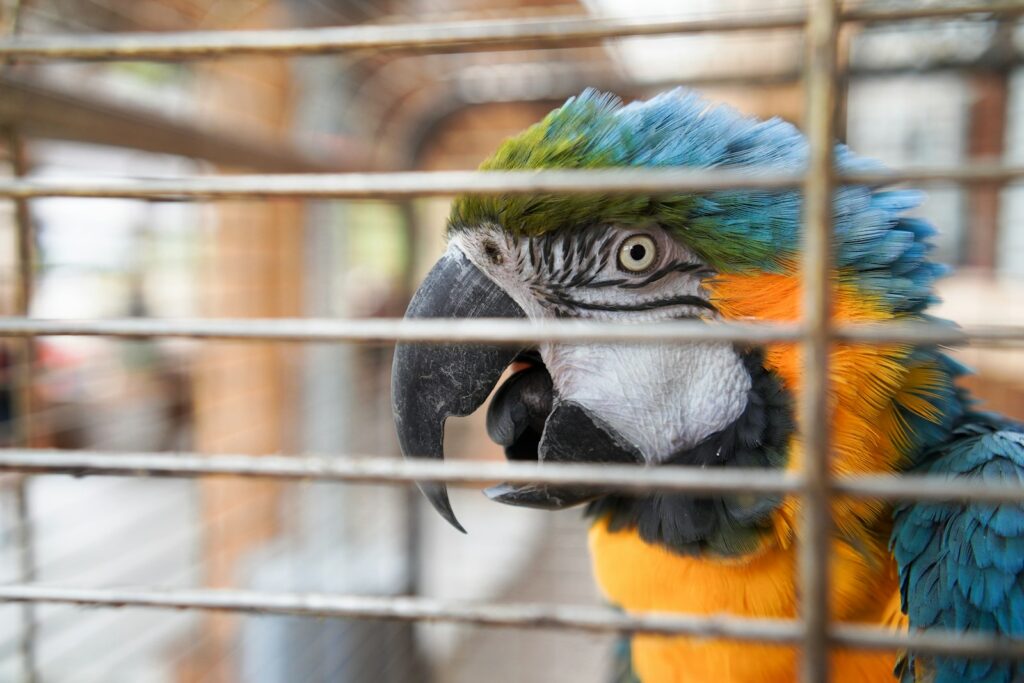
Developing a fulfilling lifelong bond with a beginner-friendly macaw requires commitment to understanding the complex emotional and social needs these intelligent birds possess. Successful macaw owners recognize that these birds don’t simply want interaction – they require it as a fundamental need for their psychological well-being. Establishing consistent daily routines that include dedicated one-on-one time, training sessions, and supervised exploration helps provide the stability these birds thrive on. Respecting natural behaviors rather than attempting to suppress them – providing appropriate outlets for vocalization, chewing, and play – creates harmony between owner expectations and avian nature. Perhaps most importantly, successful macaw relationships develop when owners approach the birds as sentient beings with individual personalities, preferences, and emotional lives, adapting their care approach to their specific bird rather than applying one-size-fits-all techniques.
Conclusion
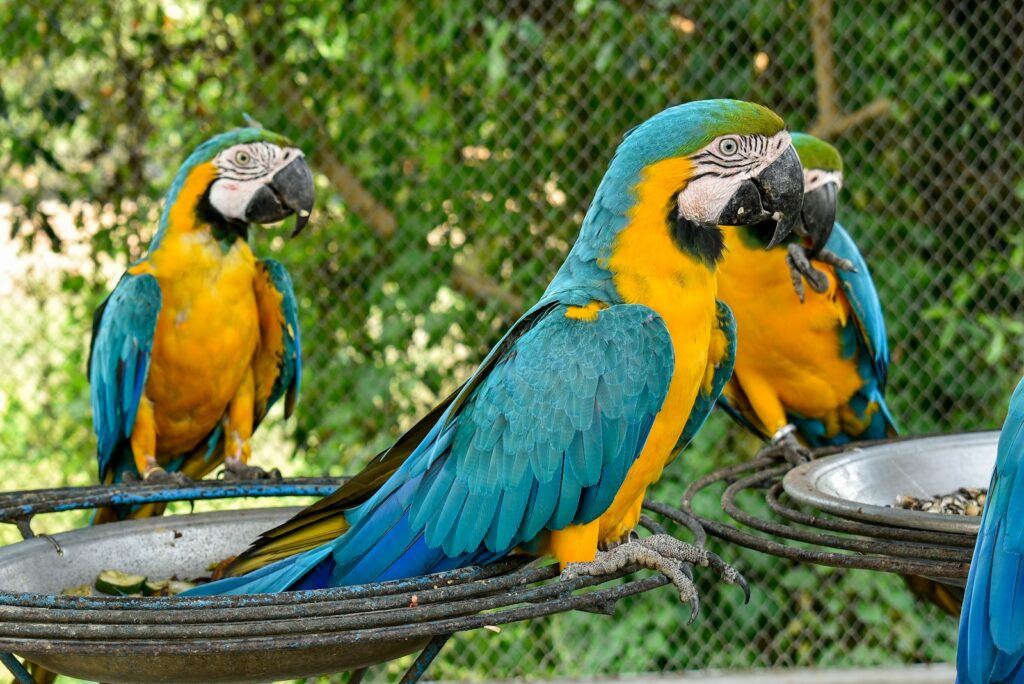
While macaws require significant commitments of time, resources, and emotional energy, the beginner-friendly species outlined above can provide rewarding companionship for properly prepared first-time owners. Starting with smaller species like the Hahn’s, Severe, or Illiger’s Macaw allows newcomers to experience the intelligence and personality that make macaws so beloved while managing a more appropriate size for gaining experience. For those with adequate space and dedication, even larger species like the Blue and Gold can succeed as first birds with proper research and preparation. Regardless of which macaw you choose, success comes from approaching ownership with humility, willingness to learn, and commitment to meeting these magnificent birds’ complex needs throughout their long lives. With the right expectations and preparation, the journey of macaw companionship can be one of the most rewarding experiences available in the world of animal husbandry.

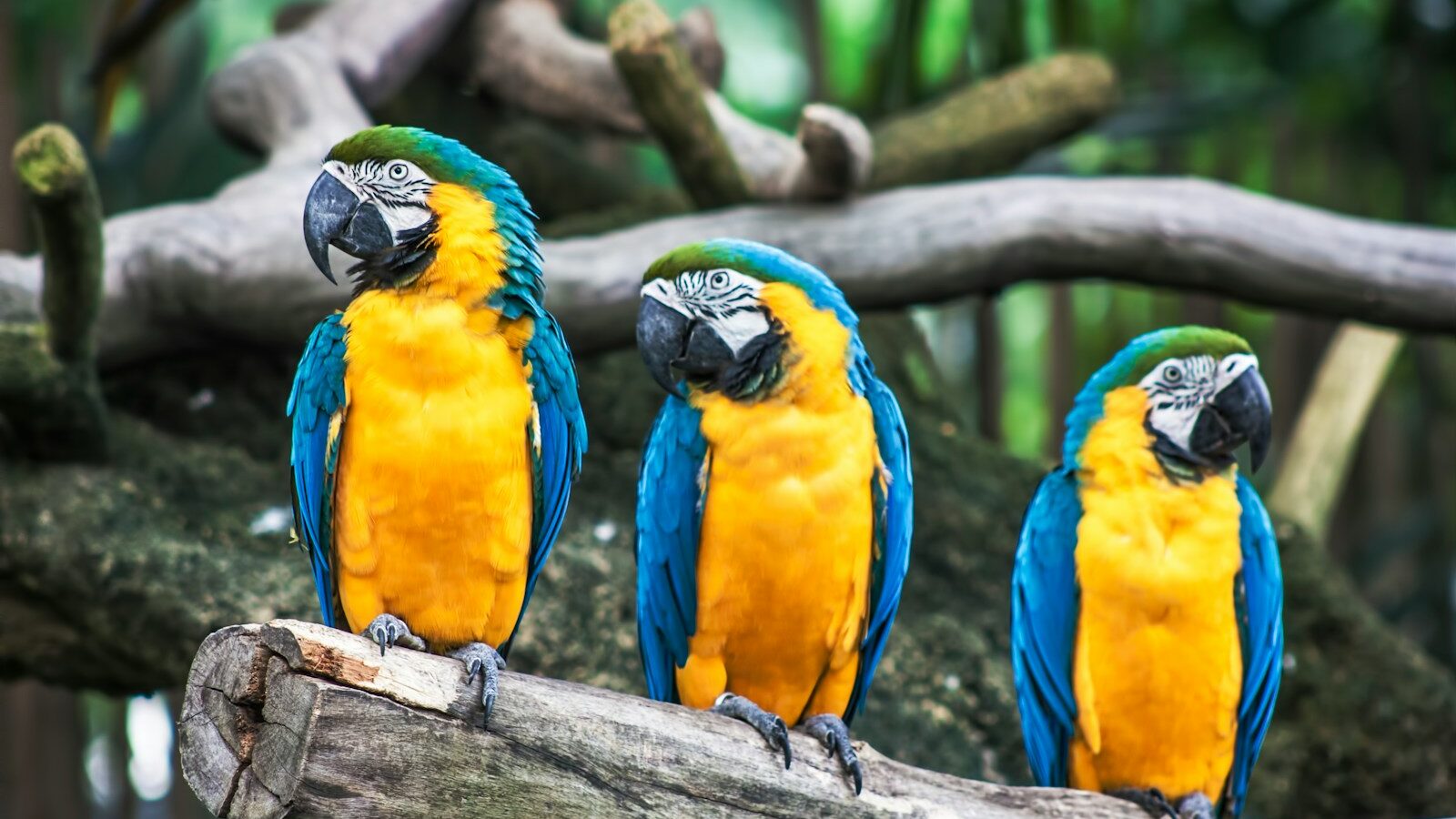

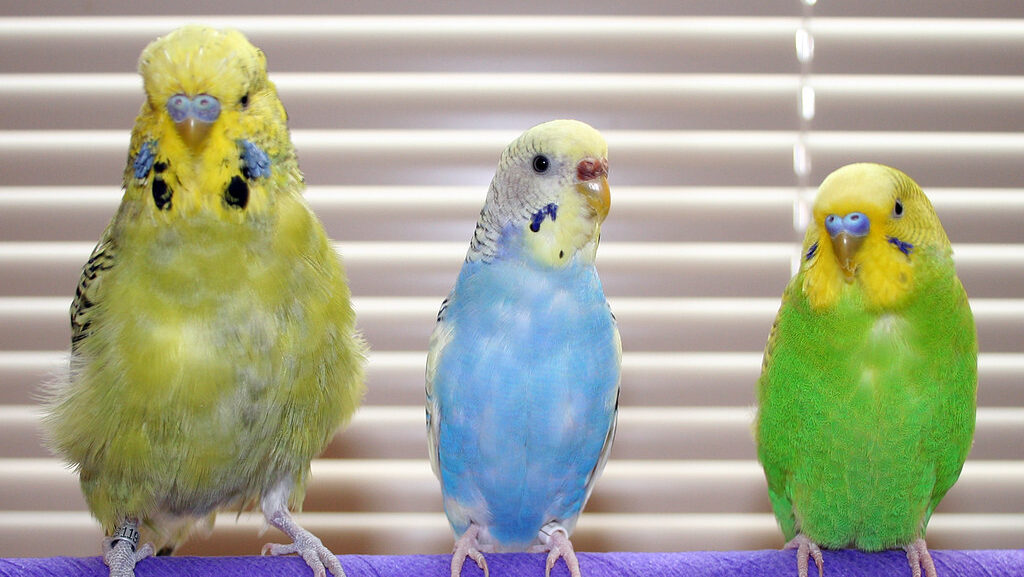

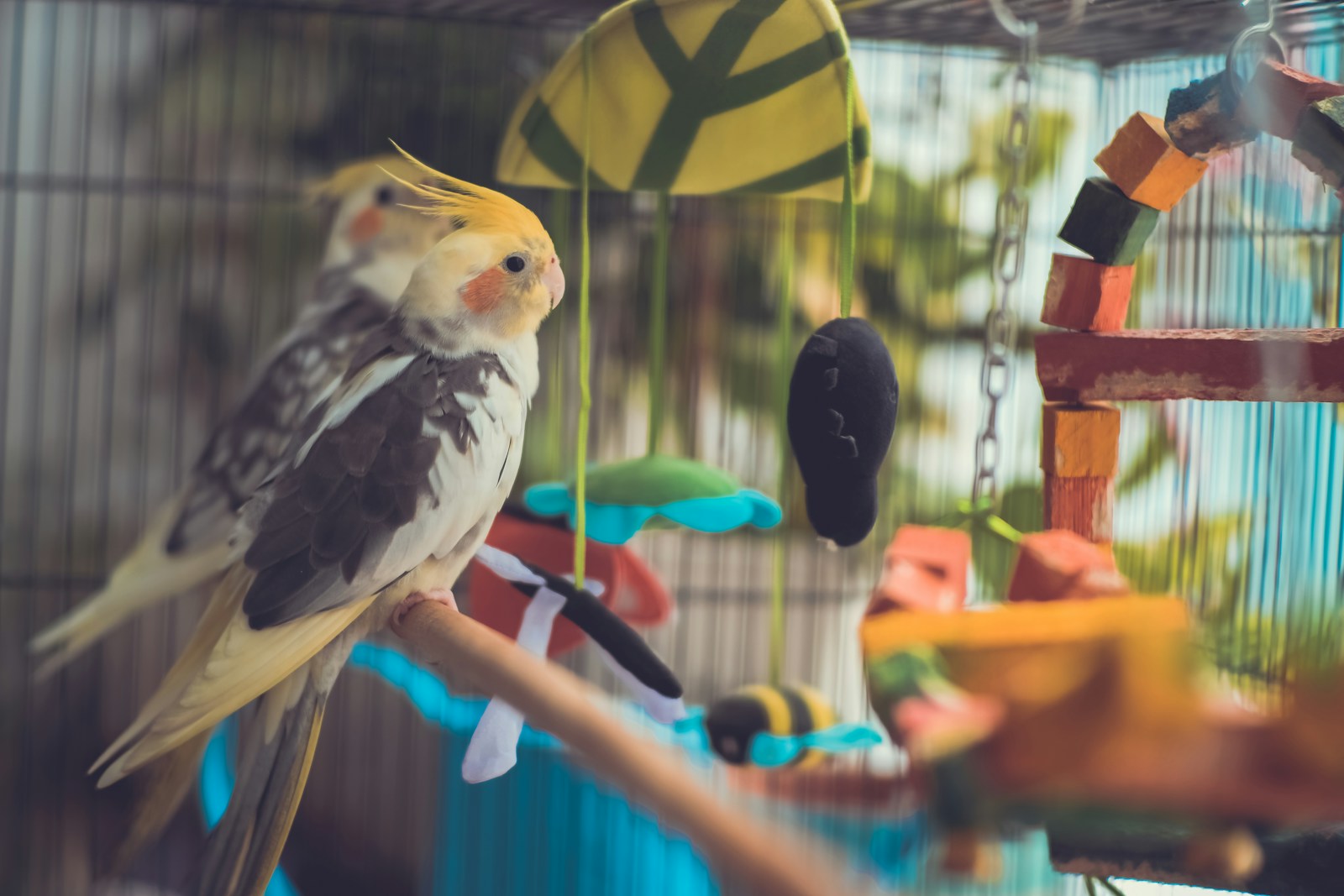
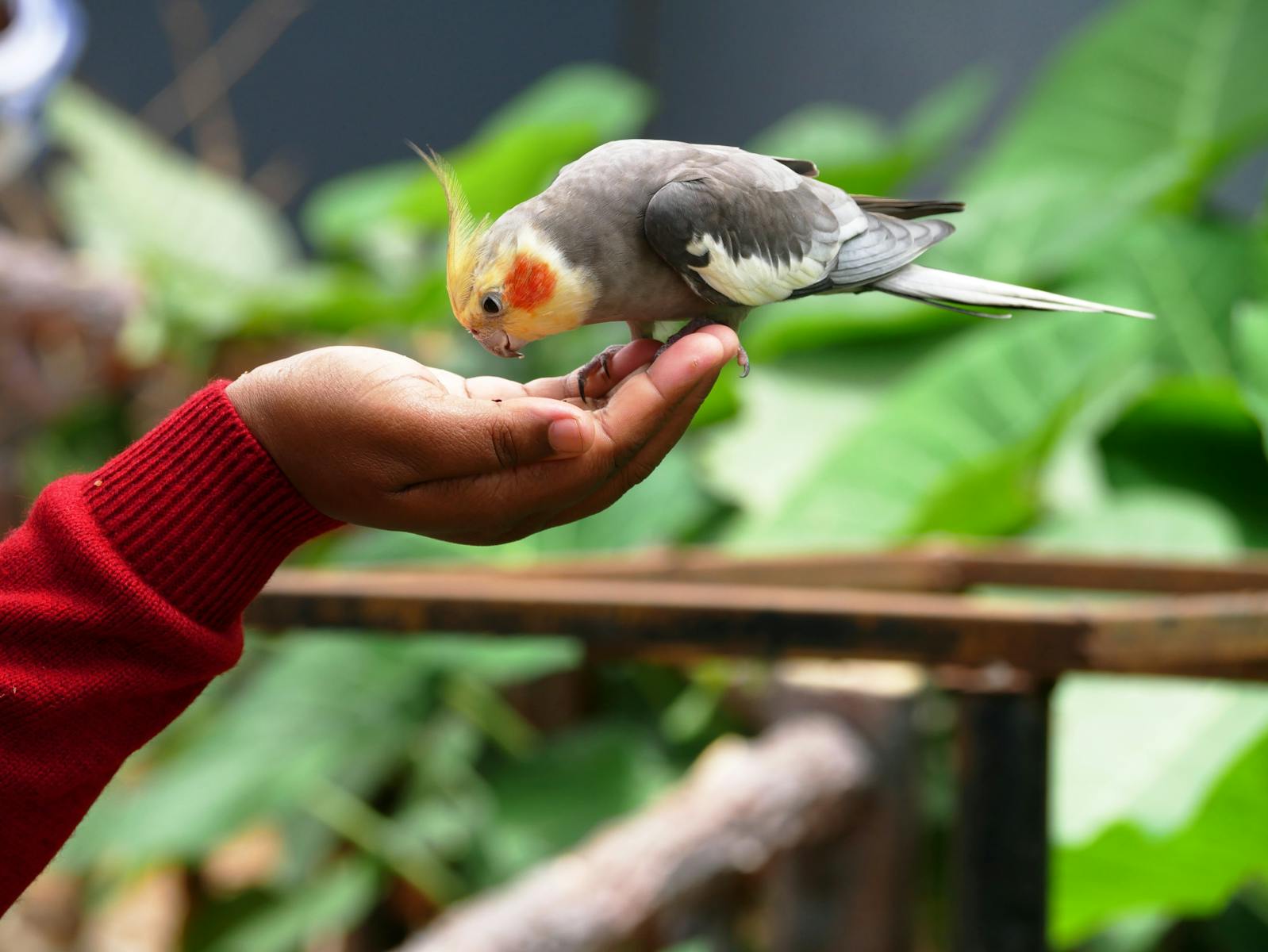
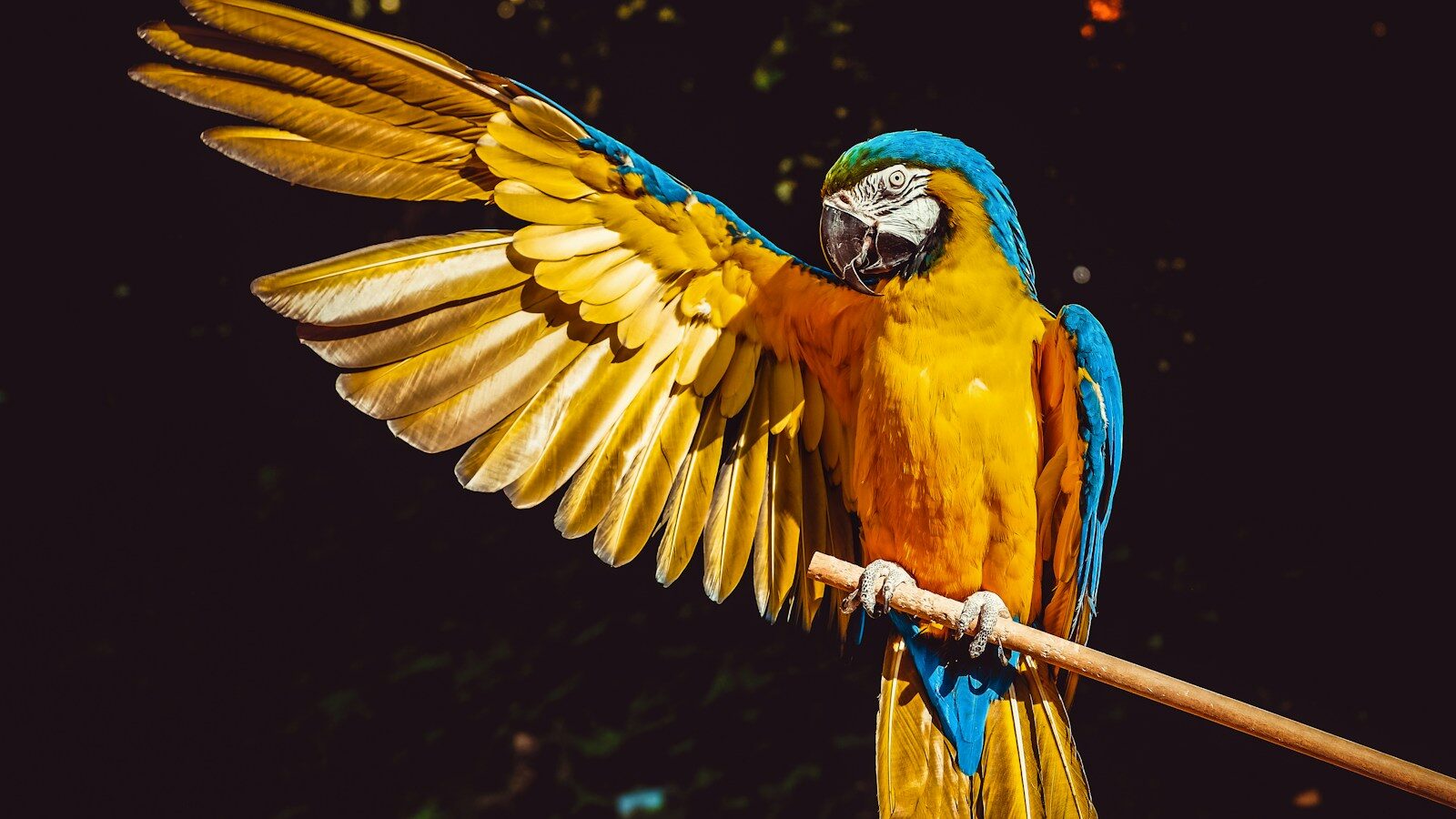

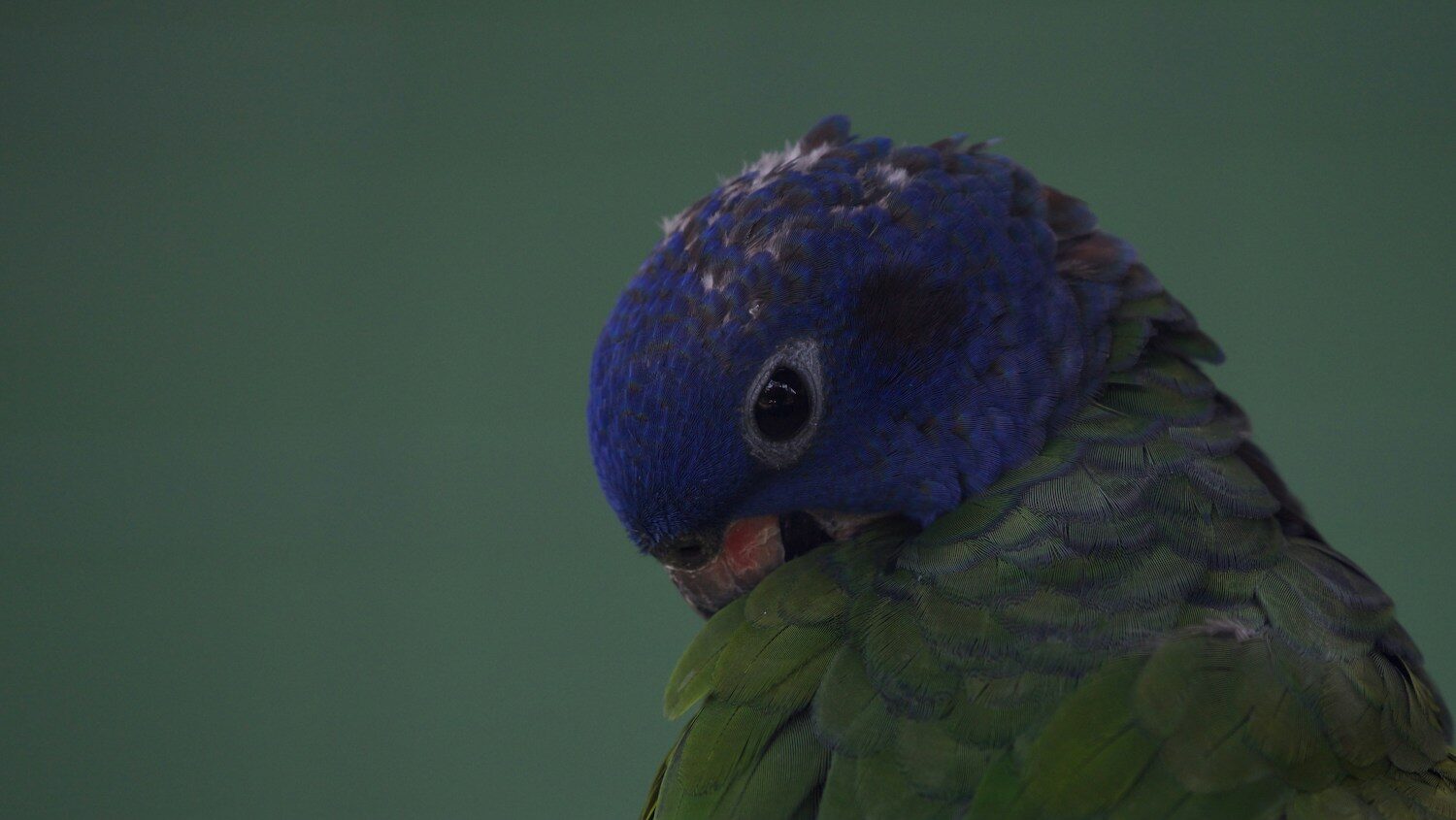

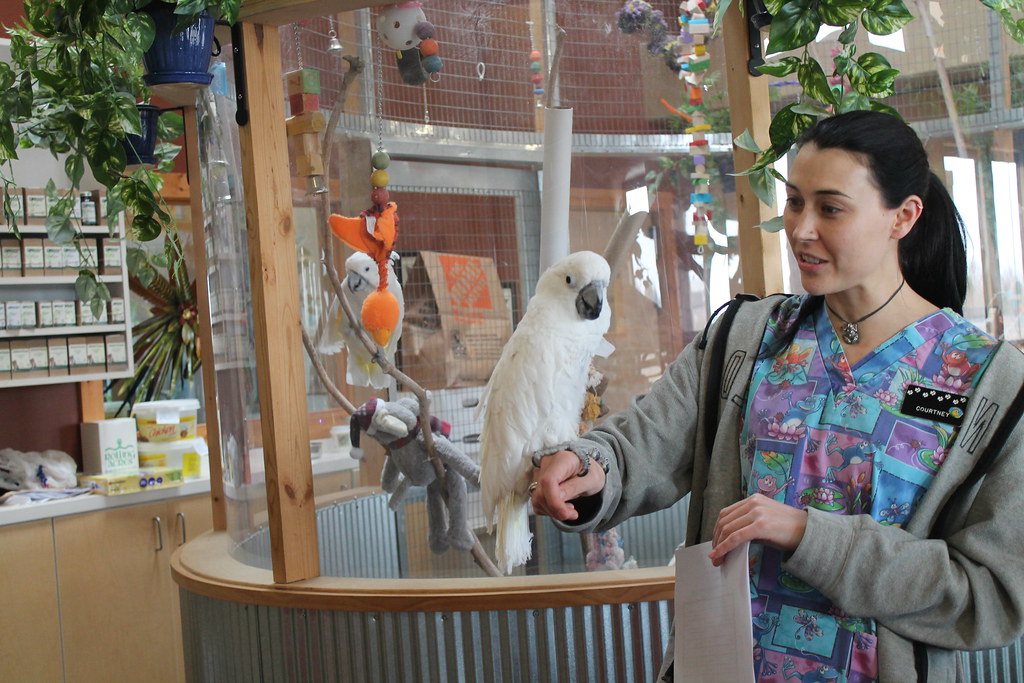




Leave a Reply